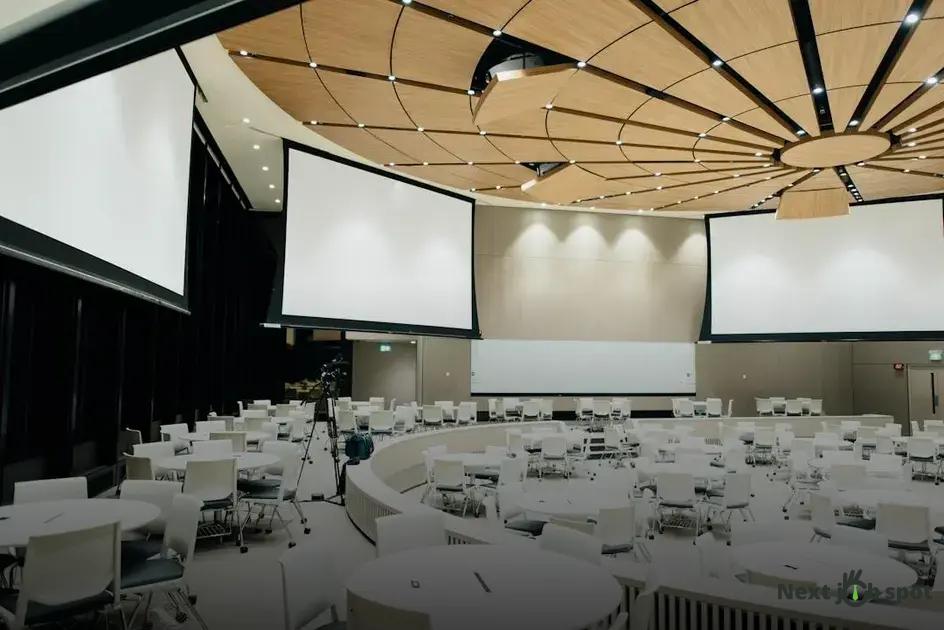Unconscious bias in hiring practices can significantly impact the diversity and success of an organization. Understanding and addressing these biases are crucial steps for creating an inclusive and fair work environment. In this article, you will learn about the different types of unconscious bias, how to identify them within your hiring processes, strategies to mitigate their effects, and the importance of continuous monitoring to ensure ongoing improvement. By tackling unconscious bias, companies can benefit from diverse perspectives, innovate more effectively, and enhance overall performance.
Understanding Unconscious Bias
Unconscious bias refers to the automatic associations people have in their minds about different groups of people. These biases can be influenced by stereotypes and past experiences, and they can affect decisions in the hiring process, often without the decision-maker being aware of them.
Recognizing Unconscious Bias requires a self-reflective approach. Individuals need to explore their own internalized perceptions and challenge the stereotypes they might unknowingly perpetuate. Through training and education, individuals can start to comprehend the ways unconscious biases manifest in workplace environments.
It’s crucial to understand that everyone has biases. These are cognitive shortcuts used by the brain to process information quickly. However, understanding the implications of these biases is the first step in creating an equitable hiring process. Becoming aware of such biases helps to ensure that they do not inadvertently play a role in hiring decisions.
Awareness of unconscious bias allows organizations to implement effective strategies to address and mitigate its impact. For example, companies might use structured interviews to limit the influence of personal biases, as these interviews provide a consistent framework for evaluating all candidates.
The ultimate goal of understanding unconscious bias is not only to improve individual awareness but to create systemic changes within organizations that ensure fair and equitable hiring practices. This requires ongoing education, policy adjustments, and a commitment to inclusivity from all levels of an organization.
Identifying Bias in Hiring Processes

In hiring processes, identifying bias is crucial to foster a fair and inclusive work environment. Bias in these processes can lead to unintentional exclusion of capable candidates based on factors unrelated to job performance. To pinpoint such bias, companies often begin by examining the language used in job descriptions. Words like ‘rockstar’ or ‘ninja’ can alienate certain candidates. Using gender-neutral terms and focusing on skills and qualifications helps broaden the applicant pool.
Blind recruitment is another effective strategy, where identifiers such as names, ages, and gender are removed from applications during initial screening stages. By focusing solely on skills and experience, employers reduce the risk of bias influencing decisions.
Another crucial step is the review of hiring data. By analyzing who’s getting hired, promoted, or leaving, organizations can spot patterns that may indicate bias. If certain demographics aren’t moving forward proportionate to their application rates, it’s a sign that bias may be a factor.
Training hiring teams on unconscious bias awareness also plays a significant role. Regular workshops can help individuals recognize their own biases and learn strategies to counteract them. This proactive approach fosters a culture more attuned to inclusivity.
By implementing these methods, companies can strive towards an unbiased hiring process, ensuring that they attract a diverse array of talented candidates driven purely by merit.
Strategies to Mitigate Bias
When aiming to mitigate bias in hiring processes, businesses must employ a multifaceted approach. Implementing structured interviews ensures consistency, allowing all candidates to be assessed based on the same criteria, reducing subjective judgments. Enforcing standardized questions also removes unnecessary variability, which often leads to bias.
Utilizing diverse hiring panels can provide a broader perspective and aid in challenging any prejudices. A panel diverse in gender, ethnicity, and background will likely have varied viewpoints, increasing fairness in the selection process.
Training and Awareness
Regular unconscious bias training workshops for employees are essential. These sessions heighten awareness and equip team members with strategies to counteract their biases in real-time. Continuous education enriches understanding and promotes a culture of inclusivity
Leveraging technology, such as AI-driven tools, plays a crucial role in screening applications with reduced human bias. However, it’s imperative to regularly audit these tools to ensure they function objectively, as machine learning algorithms might inadvertently perpetuate bias if they are not monitored vigilantly.
Creating clear, bias-free job descriptions can attract a wider, more qualified pool of candidates. Words matter; phrases often unconsciously gendered or exclusive should be replaced with inclusive language. This step ensures that advertisements for roles appeal to groups across various demographics.
A proactive strategy involves fostering an organizational culture that prioritizes diversity and inclusion. Ensuring that company values reflect this commitment can attract candidates who align with these ideals. Organizational policies should genuinely support diversity rather than treat it as a mere compliance obligation.
Continuous Improvement and Monitoring

Addressing unconscious bias in hiring is not a one-time task. It requires continuous improvement and ongoing monitoring to truly be effective. Companies should establish regular training and workshops focused on recognizing and reducing biases.
To measure the effectiveness of these efforts, implement metrics and feedback loops. Use data-driven approaches to analyze hiring and retention rates across different demographics. By doing so, you can identify any unintended patterns of bias.
Regular assessments and updates to recruitment policies are essential. Businesses should review their job descriptions and interview processes regularly, ensuring they are free from biased language and practices. Incorporate diverse viewpoints in these reviews to get a well-rounded perspective.
Another essential step is creating a culture of accountability. Encourage employees to speak up and report any instances of bias they notice, ensuring a safe and supportive environment for doing so.
Finally, stay informed on the latest research and tools available for combating unconscious bias. This continuous learning approach enables the organization to evolve and improve its hiring practices over time.


